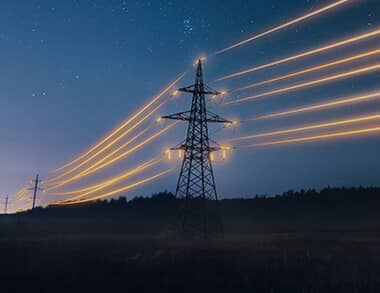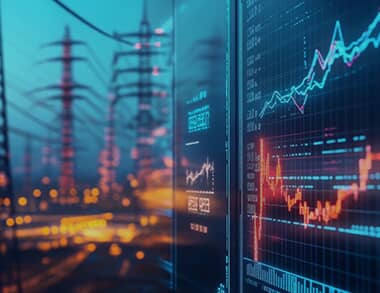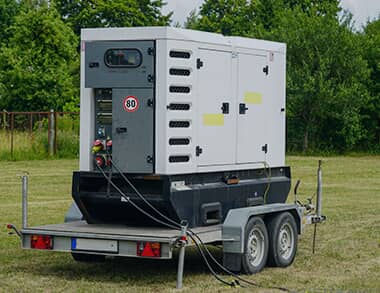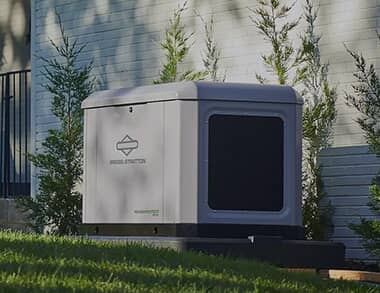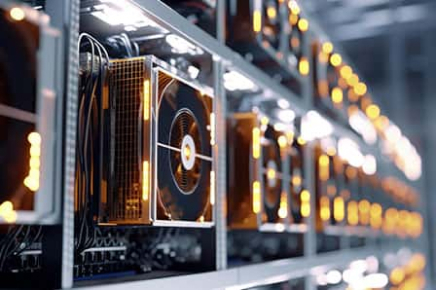Data Center Downtime: The High Cost of Lost Seconds

Data centers are not most people’s immediate go-to when asked to think of an industry where every single second of lost power can cost thousands of dollars or potentially human lives. But it’s the truth. Your average data center is processing thousands of gigabytes of information every single day, or storing the same for use in critical infrastructure such as 911 operating centers, servers for financial infrastructure, telecommunications equipment, electronic medical record servicing, government communications, and more. What’s more, outages don’t only affect the services that data centers can provide during the outage – they may prevent them from providing services at all long after it’s over.
The Problem
You may have been told in the past that you should always place your personal computers and other sensitive electronics on a surge protector, without necessarily knowing why. After all, when the power goes out, the majority of electronics seem to come back online just fine when it’s eventually restored. Normally, this can be the case with computers too. Until it isn’t.
Computers, and servers as well, are made up of thousands of tiny and sensitive circuits. This is especially true in the motherboard, which can be thought of as the “brain” of the device. When power is abruptly cut and then restored instead of a safe shutdown, too much energy can go through these circuits at one time. This can quite literally physically burn them. Needless to say, this can easily lead to difficulties storing and receiving data in the device. In the worst cases, it can damage key components of a computer or server so severely that they cannot retrieve data at all or even function. Even a short power interruption can lead to irreversible data loss and damage.
The Solutions
Because the problem can have such extreme consequences, there are several industry-standard solutions that can be employed to act as fail-safes in the event of a power outage. Data centers need to be up and running, 100% of the time. Power outages when connected solely to the grid are an inevitability. As a result, data centers can make use of one of two solutions.
Secondary Generators with Remote Monitoring of Power Uptime
Secondary generators are connected to the power grid while simultaneously being “on” themselves. Like a battery backup system, they’re designed to kick on automatically in the event of a power outage without interruption to the power being provided to the data center. In order to ensure that they are constantly ready in the event of an outage, these systems can be remotely monitored – ensuring that you’re never without power when you need it.
Battery Backup Systems and Emergency Backup Generations
Alternatively, data centers can make use of an array of battery backup systems and an emergency generator. An emergency generator needs to be activated in the event of an outage. However, battery backup systems give staff the precious minutes that they need in order to activate the generator and perform a safe shutdown of non-essential equipment.
How Gen-Tech Can Help
No matter what solution your data center chooses to employ, we here at Gen-Tech can help. With decades of power generation experience, we can help you select the setup and equipment you need to stay online at all hours of the day. Contact us now to learn more.
The Problem
You may have been told in the past that you should always place your personal computers and other sensitive electronics on a surge protector, without necessarily knowing why. After all, when the power goes out, the majority of electronics seem to come back online just fine when it’s eventually restored. Normally, this can be the case with computers too. Until it isn’t.
Computers, and servers as well, are made up of thousands of tiny and sensitive circuits. This is especially true in the motherboard, which can be thought of as the “brain” of the device. When power is abruptly cut and then restored instead of a safe shutdown, too much energy can go through these circuits at one time. This can quite literally physically burn them. Needless to say, this can easily lead to difficulties storing and receiving data in the device. In the worst cases, it can damage key components of a computer or server so severely that they cannot retrieve data at all or even function. Even a short power interruption can lead to irreversible data loss and damage.
The Solutions
Because the problem can have such extreme consequences, there are several industry-standard solutions that can be employed to act as fail-safes in the event of a power outage. Data centers need to be up and running, 100% of the time. Power outages when connected solely to the grid are an inevitability. As a result, data centers can make use of one of two solutions.
Secondary Generators with Remote Monitoring of Power Uptime
Secondary generators are connected to the power grid while simultaneously being “on” themselves. Like a battery backup system, they’re designed to kick on automatically in the event of a power outage without interruption to the power being provided to the data center. In order to ensure that they are constantly ready in the event of an outage, these systems can be remotely monitored – ensuring that you’re never without power when you need it.
Battery Backup Systems and Emergency Backup Generations
Alternatively, data centers can make use of an array of battery backup systems and an emergency generator. An emergency generator needs to be activated in the event of an outage. However, battery backup systems give staff the precious minutes that they need in order to activate the generator and perform a safe shutdown of non-essential equipment.
How Gen-Tech Can Help
No matter what solution your data center chooses to employ, we here at Gen-Tech can help. With decades of power generation experience, we can help you select the setup and equipment you need to stay online at all hours of the day. Contact us now to learn more.
Topics:
From Insights to Power: Let’s Talk Solutions
Whether you need emergency power, maintenance, or expert guidance on your generator system, Gen-Tech has you covered. Our experienced team provides industry-leading service to keep your power running when it matters most. Call (800) 625-8324 to discuss your power generation needs today!
Contact Us
